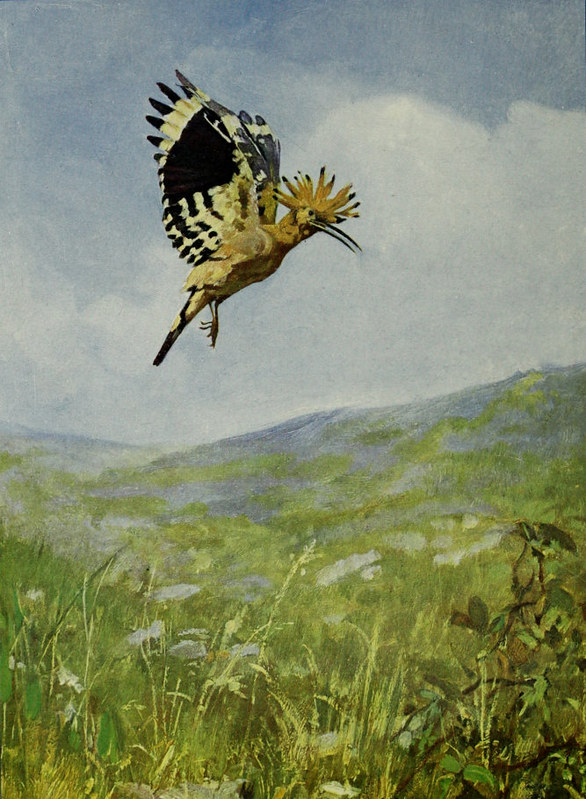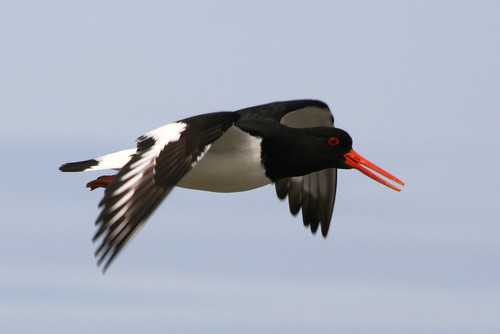I maintain the West Midland Bird Club website. The club serves the four English counties of Staffordshire, Warwickshire, Worcestershire and the Metropolitan West Midlands, and so I wanted to write a little bit about the work of the relevant police services’ Wildlife Liaison Officers (WLOs), and to link to web pages about each of them.
I was surprised to find that none of their websites have a page about their WLOs, or their approach to wildlife crime in general. So I started to look at other forces’ sites, and found very few of them did.
What I Wanted
I decided it would be a good idea to collate a list of the few good examples that exist and conversely the forces which don’t have such a page, not least to encourage them to provide one.
A quick Google search showed that no such list is already in place, so my next step was to check — on Twitter, of course — whether anyone else was working on one. The answer was no, but two projects have more generic lists of police websites and related details in hand: OpenlyLocal and Podnosh.
I decided that I would have to make the list happen for myself, but I wasn’t going to do all the work. Chris Taggart of OpenlyLocal kindly offered use of his data on police forces and their home pages and other contact details — it’s open data, under a CC license. That was in XML, though, and I lack the skills to manipulate it, so Chris kindly and quickly provided a dump into CSV format, suitable for use in a spreadsheet. A salutary lesson, there, to anyone publishing open data. While RDF and linked data is the way to go, so that it can be parsed and processed by machines in an sophisticated way, making a format like CSV available as well opens that data up to less technically-gifted users.
How I Did It
I copied the relevant columns from Chris’ document into my own, and made the editable spreadsheet available in Google Docs, for anyone to edit. I then blogged about it, inviting people to help me to full the missing column of wildlife crime pages. I was quickly retweeted by several people and organisations (thank you for that) and, significantly, the initiative was mentioned on the Guardian website by Charles Arthur. This resulted in spate if activity, with most of the rows completed within a day or so after the mention. Interestingly, the spreadsheet filled up from the top, so it seems that unknown volunteers were helping with the first gap they came to, rather than that for their local force, which is what I had expected.
A few people shoe-horned prose comments into the URL column, so I added a “notes” column and moved their comments there.
After a few days, only a couple of gaps remained, so I filled these myself, and locked the spreadsheet prevent vandalism (any amendments may be posted below, as comments).
Findings
So, whet did we find? Of 51 forces, only 29 have a wildlife crime page — and some of those are patchy. Other forces don’t have one, but mentioned the work of their WLOs in press releases, progress reports and policy or strategy documents — sometimes in PDF files.
In some cases, a search of the force’s website for “wildlife” returns no result at all — a disappointing state of affairs.

PC Duncan Thomas, Wildlife Liaison Officer with Lancashire Constabulary
On the other hand, there were some great examples of best practice, including Lancashire Constabulary, Merseyside Police and North Yorkshire Police, from which other forces can learn. Note that they variously make use of video, and have links to wildlife conservation bodies.
Also of interest is this article about the work of WLOs in Sussex, reproduced on Coldean Residents Association’s hyperlocal site.
What next
This is what I hope will happen now:
- Each police force should set up a locally-relevant web page about wildlife crime and their response to it, with relevant contact details, modelled on the best practice we found.
- These pages should have short, permanent URLs so that links to them will not decay when forces change their technology
- A central police website could ask an enquirer their postcode or address (or simply geo-locate their browser), and type of concern, then return the relevant page (whether it’s about wildlife crime, drug dealing or lost property) using the model adopted by LocalDirectGov
- Websites listing details of all UK police forces’ details — like OpenlyLocal and Podnosh — could include their wildlife crime URLs
- Wildlife websites with pages for each county (for example, Fatbirder, BirdGuides etc) could include the relevant forces’ wildlife links.
- Local wildlife organisations (Wildlife Trusts, county bird clubs, RSPB Local Groups) should link to their local forces’ wildlife page
How you can help
- Publicise this blog post and the open data that’s been genreated
- Make use of that data
- Write to your local force, if they don’t already have a page, and ask them to provide one — feel free to send them the URL of this post
- Ask your councillor to encourage the local force to do so
- Ask your local Wildlife Trust, bird club or related organisation to do the same
- Let everyone know about the results, in the comments below, or with a pingback from your own blog post
I’ll notify national organisations like the RSPB, RSPCA and British Trust for Ornithology.
Meanwhile, if you wish to report wildlife crime in progress, call 999, or otherwise report it to Crimestoppers (who will treat the report as anonymous if you wish) on 0800 555 111.
Thank you
Finally, thank you to everyone who’s contributed to this project, to date.
Updates
20 August 2010: Warwickshire Police’s wildlife crime page was missed, because it was on a separate site, where their site’s search didn’t find it. It’s now been moved to the main site, as a result of this post.
3 September 2010: Northumbria Police pages created in response to this campaign.
June 2011: Staffordshire Police page created in response to this campaign (per their e-mail).
Like this:
Like Loading...



